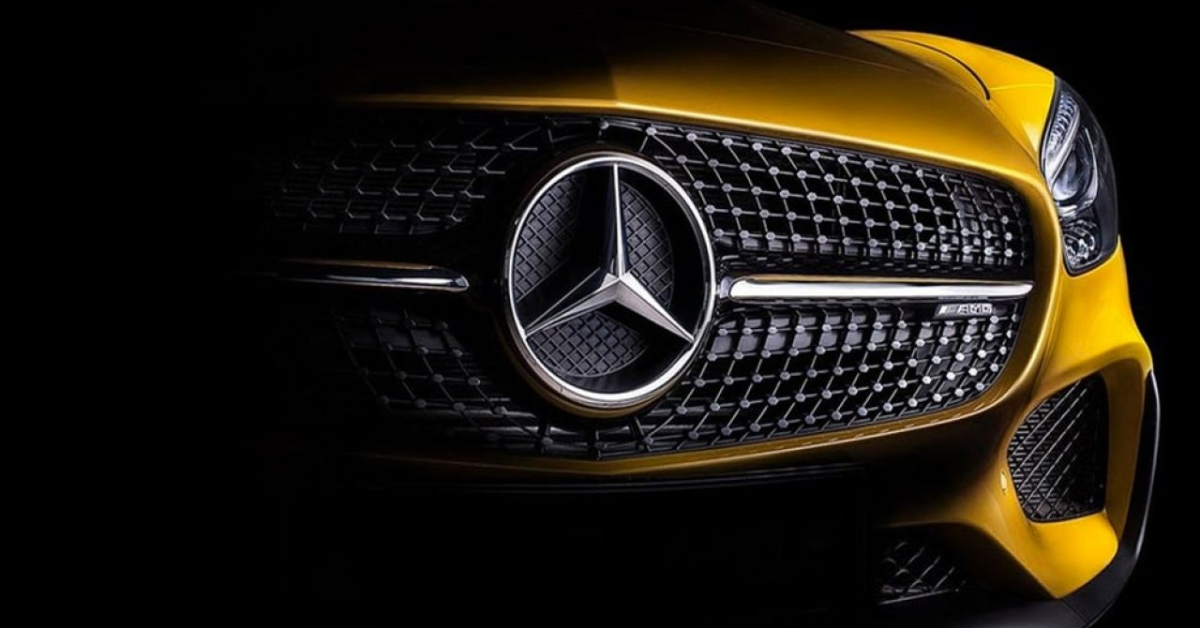For over a century, Mercedes-Benz has defined automotive luxury, performance, and innovation. But as the auto industry pivots toward electric mobility, the German marque faces a new challenge: how to maintain its heritage of prestige and engineering excellence while fully embracing the demands of a sustainable, zero-emissions future.
Now, Mercedes is betting big on its line of electric vehicles (EVs), hoping that they won’t just compete — but lead — in a crowded and fast-evolving market. With the launch of the EQ lineup, including models like the EQS, EQE, EQB, and the upcoming electric G-Class, Mercedes is signaling that it sees electric not just as a necessary pivot, but as the next evolution of luxury.
A Bold Electric Vision
Mercedes-Benz has set ambitious goals. The company plans to be fully electric “where market conditions allow” by the end of the decade. That means every model in its lineup will have an electric counterpart — or be electric-only. To get there, Mercedes is investing more than €40 billion in EV development by 2030, including battery production, software, and a global network of fast-charging stations through partnerships like the IONITY joint venture in Europe and its recent partnership with six other automakers to build a North American EV charging network.
Unlike some legacy automakers that have struggled to transition smoothly, Mercedes seems determined to integrate EV technology without sacrificing what its brand stands for: refinement, comfort, and engineering excellence.
EQS: The Electric Flagship
Leading the charge is the Mercedes EQS, the electric counterpart to the S-Class — long seen as the gold standard for full-size luxury sedans. The EQS is a statement vehicle in every sense. It combines a sleek, aerodynamic design with a stunning interior dominated by the 56-inch MBUX Hyperscreen, a digital interface that spans the entire dashboard.
With a range of up to 350 miles, whisper-quiet cabin, and cutting-edge tech features like Level 2 semi-autonomous driving and OTA (over-the-air) software updates, the EQS is meant to prove that luxury and electric mobility are not mutually exclusive. For Mercedes, it’s more than a car — it’s a blueprint for what the electric future can look like.
Challenges on the Road Ahead
Despite its strong push, Mercedes faces real challenges. The global EV market is increasingly competitive, with Tesla still dominating in key regions and Chinese manufacturers like BYD, NIO, and XPeng gaining ground rapidly — particularly in price-sensitive and tech-savvy segments.
Meanwhile, legacy rivals like BMW, Audi, and Lexus are also ramping up their electric offerings, not to mention aggressive moves from upstarts like Lucid and Rivian in the premium space.
Mercedes also faces the practical hurdles that come with EV adoption: concerns about charging infrastructure, range anxiety, battery costs, and raw material supply chains. The brand’s identity is built on prestige and performance — but electric buyers are often just as focused on efficiency and sustainability as they are on status.
Sustainability Beyond the Powertrain
Mercedes knows that to win over future consumers — especially younger, climate-conscious drivers — sustainability must go deeper than just swapping engines for batteries. That’s why the brand is emphasizing carbon-neutral manufacturing and sustainable materials inside its EVs.
The EQ models, for example, feature interiors with recycled plastics, vegan leather alternatives, and sustainable wood trims. The company’s new battery plants are being built with renewable energy, and Mercedes has pledged to reduce its CO₂ footprint per vehicle by more than 50% by 2030 compared to 2020 levels.
They’re also investing in second-life battery applications and battery recycling to ensure the entire lifecycle of an EV is cleaner than its combustion-powered predecessors.
A Balancing Act: Heritage vs. Innovation
Perhaps the most delicate challenge Mercedes faces is balancing tradition with transformation. The three-pointed star carries a legacy that many EV startups don’t — but also expectations that can be hard to meet in a time of rapid change. Buyers of Mercedes EVs expect not only cutting-edge innovation but also the comfort, elegance, and sophistication that have defined the brand for decades.
With models like the electric G-Class (set to launch soon), Mercedes is attempting to show that even its most iconic vehicles can transition to electric without losing their soul. This strategy of electrifying legacy models alongside purpose-built EVs like the EQS gives the brand flexibility and breadth.
Conclusion: Betting on Brilliance
Mercedes-Benz is not simply following the electric revolution — it’s aiming to lead it. With enormous investment, bold design, and an unwavering commitment to its values, Mercedes hopes its EVs will not just sell well, but redefine what electric luxury can mean.
Still, the race is far from over. The next few years will be a true test of whether Mercedes can retain its identity while transforming itself for the future. If the EQ lineup is any indication, the brand may well succeed — delivering not just a new kind of car, but a new kind of driving experience.

